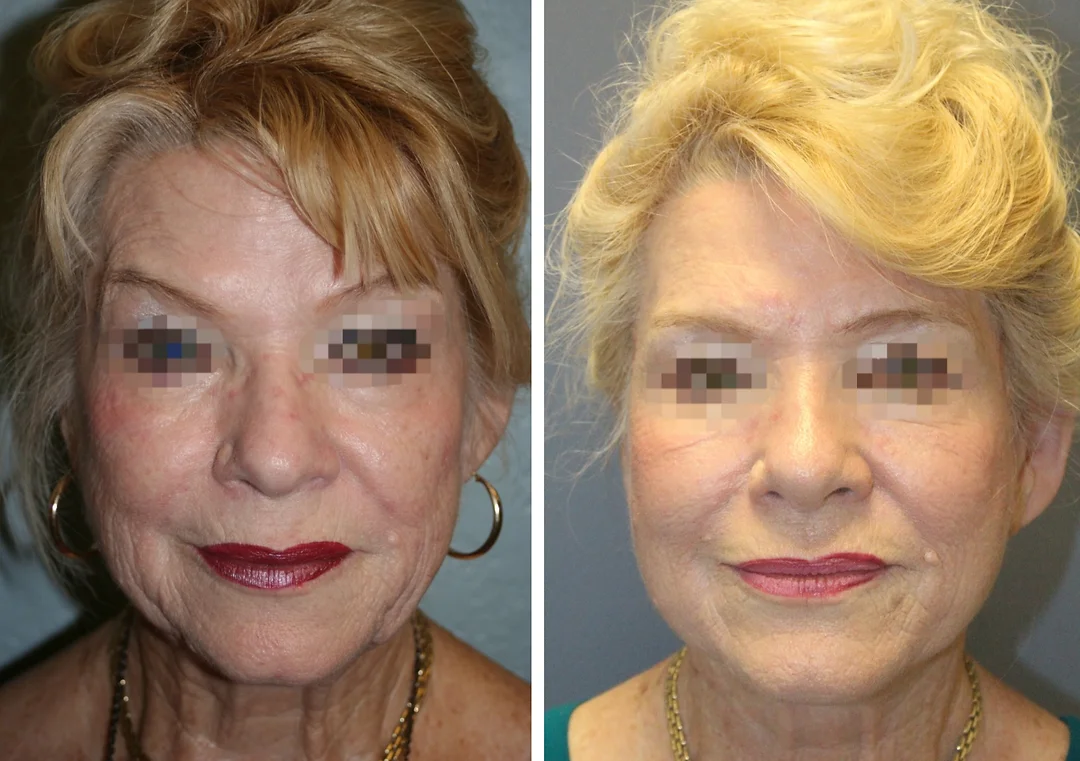What’s the First Step?
The first step to getting an Orlando Facelift is to schedule a consultation at Soma Plastic Surgery. When you come in for your appointment, you’ll meet with Dr. Papanicolaou, who will evaluate your unique needs, goals, and your unique facial structure and features. He will also review your medical history – including your current medications and whether or not you have high blood pressure – and discuss previous surgeries (if any) to ensure you are a good candidate for facial surgery, and if not, help you find a better option. Dr. Papanicolaou will also perform a physical examination of your unique facial features, including skin quality, skin laxity, soft tissue, sagging cheeks, jowls, and neck muscles.
Dr. Papanicolaou will discuss what a surgical facelift involves, as well as the pros and cons of the individual surgical techniques. Dr. Papanicolaou will also show you the various facelift incisions and where your surgical scars will be placed. The aesthetic goal is to give you a youthful contour and a rejuvenated appearance while avoiding that “pulled look”.
After creating your procedure plan, we will provide detailed instructions on how to prepare for your surgery, which may include stopping certain medications in the days leading up to the procedure. Skin loses elasticity with sun exposure which can negatively affect your facelift, so you will be advised to avoid sun exposure and increase skin moisturizing to smooth the lines and wrinkles as much as possible before your facelift.








